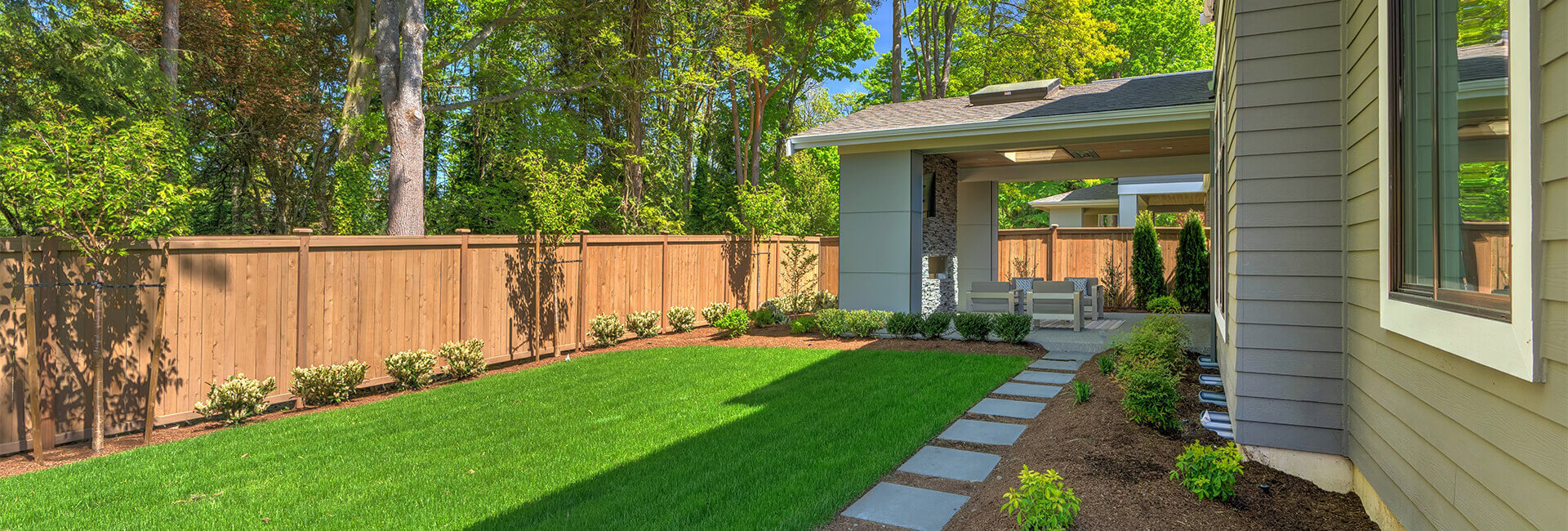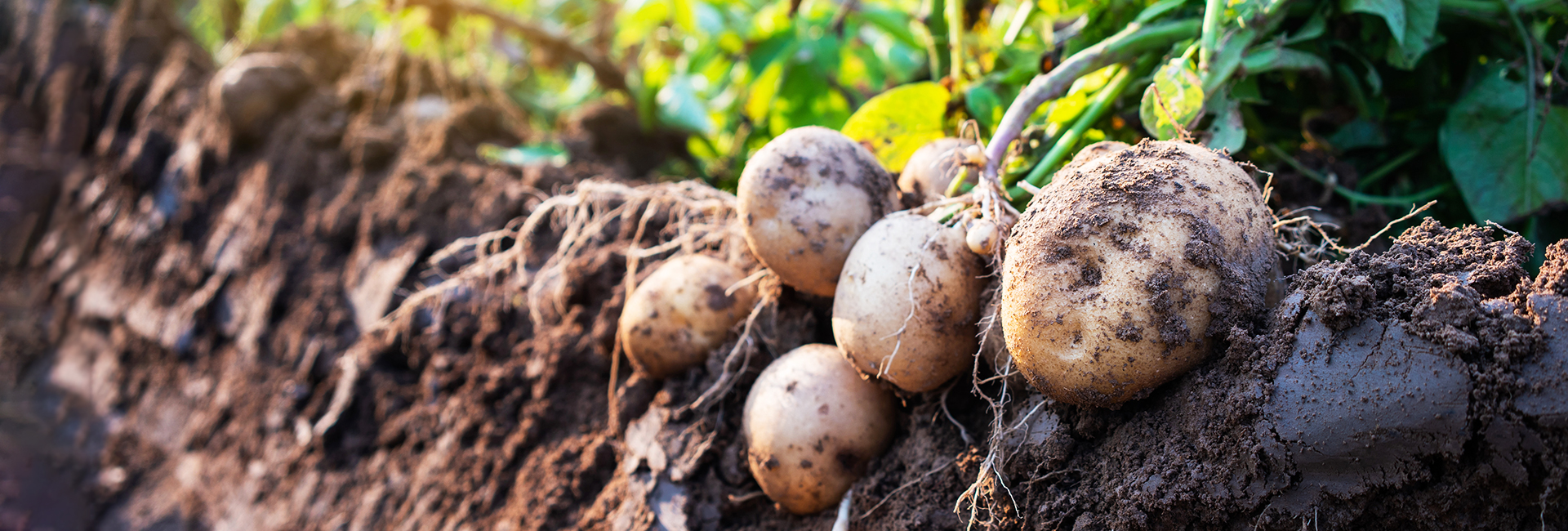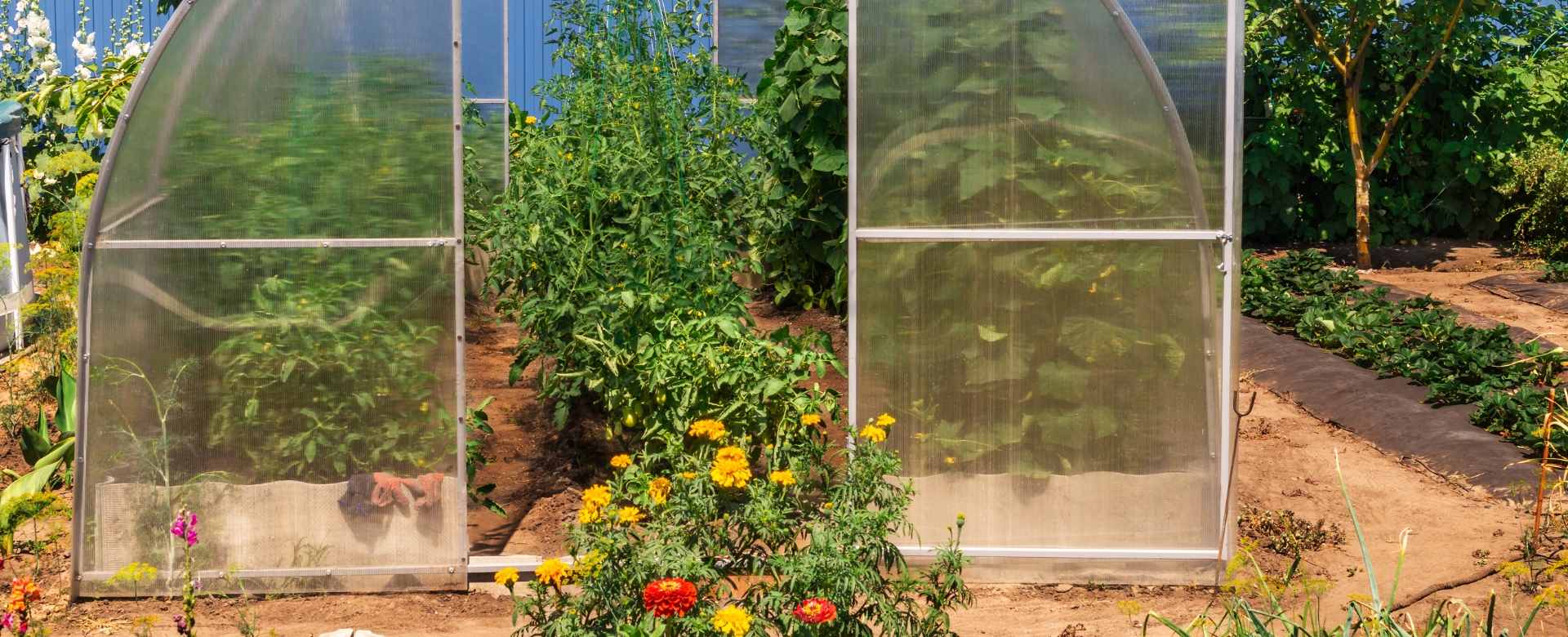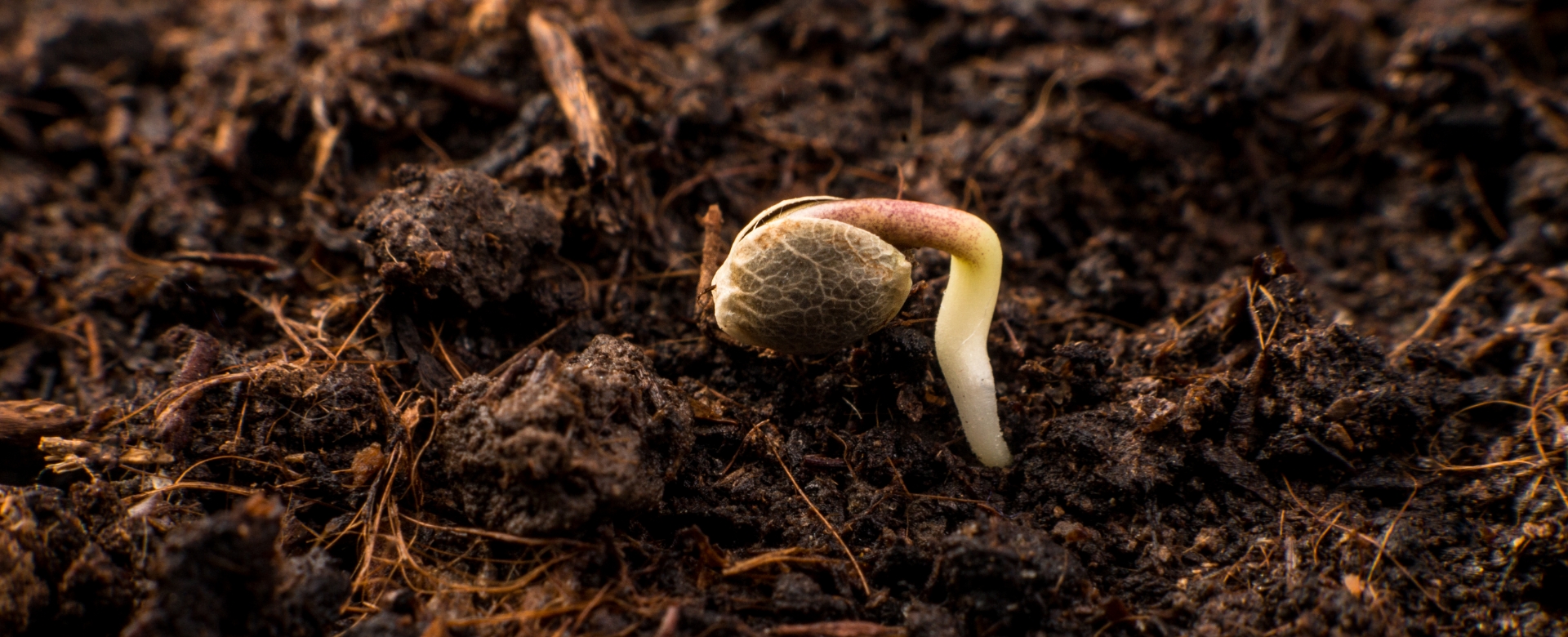These suggestions for a low-maintenance landscape will assist you in achieving your goals, whether you’re attempting to transition your garden into less effort or beginning from scratch and want to start off on the right foot. And who wants a landscape that requires a lot of upkeep and management?
Yes, you appreciate taking care of your garden, but you also want to lounge around, take in the beauty of your plants, and spend time in the lovely haven you have made for yourself. You might not even be aware that you are creating additional upkeep as a gardener, or maybe you are simply dealing with the same maintenance issue repeatedly since it is normal.
So you can spend less time maintaining your yard and more time really enjoying it, we’re going to talk about some gardening ideas today (as well as some serious mistakes to avoid).
Incorporate Permanent Structures
Checkout our maintenance tips:
The first step in establishing a low care garden is to increase the number of permanent structures in it, like patios, pergolas, arbors, walkways, fences, stone walls, and other structural elements. Your outdoor space can be completed with structural components without your involvement in additional maintenance. Although installing structures may require an initial expenditure, over time, they will result in a landscape that requires much less effort each year. It’s an investment that’s worth taking into account if you’re aiming toward that minimal upkeep objective.
It’s crucial to conduct research. And the best approach to reducing overall garden maintenance is to do this. Prior to planting, you need to know what you’re doing. Choose the appropriate plant for the location after conducting some research in advance. No matter how much you adore roses, their performance will leave you unsatisfied if your yard is not sunny. In general, just plan your planting carefully to avoid accidentally planting anything that will be invasive or difficult to maintain.
Minimize Your Lawn Size
Naturally, when you think of maintenance, a lawn is likely the first thing that springs to mind. Americans spend the most time maintaining their lawns than any other outdoor area. Sometimes, to make your lawn look great, you must cut it more than once a week, fertilize it, use chemicals on it, and do all sorts of awful things to it. However, some low-maintenance front yard landscaping garden ideas would be to reduce or eliminate the grass area could actually make a difference. Additionally, it frees up extra space for lovely plants.
Increase Tree and Shrub Planting
Gardens with more shrubs and trees typically require far less upkeep than those with perennial flowers. With trees, evergreens, and even flowering shrubs, little maintenance is required, yet they are attractive all year round. No deadheading, trimming, cleaning, or dividing is necessary.
Reduce the number of tiny perennial plants and increase the number of shrubs and trees for low-maintenance landscaping. Make sure not to plant an invasive bush that will take over, though. In terms of structural appeal and longevity in the garden, evergreens tend to be the most cost-effective and require the least amount of upkeep.
Put Ornamental Grasses and Sedges to Use
A landscape greatly benefits from ornamental grasses, yet they are hardly used. Sedges tolerate considerable shade, although most grasses require full sun. If you do your research and choose the proper varieties, grasses and sedges will bring you a lot of joy and add interest to your landscape without requiring much maintenance at all.
Choose Bulbs That Perennialize
Using bulbs will give your room color and interest while requiring little upkeep. Make sure to select perennializing bulbs rather than one-use only bulbs. It takes effort to dig them up and replant them. Make sure to select lovely perennial bulbs that will grow naturally in the area and won’t need to be dug up, divided, or otherwise altered.
Fewer Annuals Should Be Planted
The most labor-intensive plants you can buy are annuals. They need ongoing care, such as fertilizing, deadheading, trimming, and replanting. As you look for ways to save on maintenance , carrying bags of potting mix around and having to replace planters many times a year might not be worth it to you. In general, home gardeners are unlikely to choose to deal with the intensive maintenance required by annual and tropical plants.
Think About Using Native Plants
Because they are adapted to your environment and conditions, many native plants require very little maintenance. However, if the conditions are favorable, they frequently don’t require fertilizing, deadheading, etc., and they will return each year. They will increase activity in your garden because they are fantastic at providing food and habitat for wildlife.
Just make sure the plants you select are native to the area where you live. The USDA growth zones that you may be accustomed to are not followed by natives. They are presented according to the places where they have been observed to grow naturally.
But there are some problems. Some natives will disperse widely or require a vast area to do this. Others will self-seed and appear wherever they see fit in your garden. If this would upset you, you should avoid such natives. Choose your native plants wisely and learn all you can about them before planting.
Eliminate the Fussy “Diva” Plants
Eliminate plants that require a lot of upkeep. Anything obtrusive or dominating should be gone, as should anything that is just a great inconvenience.
Get Rid of the Containers and Hanging Baskets
Planting in the ground requires much less labor than container gardening. Quit buying hanging baskets and quit planting in containers if you want to lower the maintenance. All those adorable and innovative “small garden ideas” you see online must go. Use a drip irrigation system to water your containers if you are powerless to resist. Instead of planting annuals in containers, you may alternatively use evergreen shrubs or perennials. After that, you won’t need to water, fertilize, or swap out the plants from year to year or season to season.
Give Plants Enough Room to Grow to Maturity
Many native plants need relatively little upkeep because they have been tailored to your region’s circumstances and surroundings. They frequently don’t need fertilizer, deadheading, etc., though, and if the conditions are right, they will come back every year. They are excellent at supplying food and habitat for wildlife, which will improve activity in your garden.
Ensure that the plants you choose are indigenous to the region in which you live. Natives do not follow the USDA growth zones that you may be familiar with. They are organized based on the locations where they have been seen to naturally develop.
Now might be the time to plant bigger plants. Continue with your annuals or smaller perennial plants in the meantime. As your larger trees and shrubs mature and become more established, you can focus on removing some of the smaller plants to lower maintenance requirements.
Set Up Drip Irrigation or Choose Waterwise Plants
Install drip irrigation to lessen your perennial plants’ watering requirements if you can’t get rid of all of them and you live in a hot area. You will still need to fertilize, prune, deadhead, and divide your plants, among other things. Therefore, these low-maintenance landscaping ideas won’t fully remove maintenance. But it will be diminished. To completely do away with drip irrigation, you might instead select plants that are drought tolerant once established.
Establish a Living Groundcover
If you choose the right living groundcover for your garden beds, you can drastically reduce the amount of maintenance. It takes time to continually re-mulch a space or keep weeds at bay with rock beds. Finding a lovely groundcover that isn’t aggressive can help you stop having to re-mulch your veggie garden every year and will lessen the number of weeds you have there. There are several groundcover options, so you’ll need to do your own study to determine which one is best for your area.
Conclusion
You will be well on your way to a garden that you can enjoy without having to spend every weekend keeping up with the pruning, trimming, and weeding that come with a high care garden that wasn’t planned out if you stick to even just a few of these suggestions for a low-maintenance landscape.
Ready to create a lush sanctuary at home? Step into your local Homegrown Outlet now to achieve the ultimate garden transformation.




